Did you know a chessboard is more than just a chessboard?
Technically, it’s a miniature medieval battlefield, with each piece representing a counterpart straight out of history.
From the all-powerful queen to the limited power of the pawns, the pieces have their own unique movements, largely dictated by their ranges of power in an old-world caste.
The more you know about the pieces, the better a chess player you’ll be.
So, here’s a breakdown of all the pieces in a chess game, including how they move, their point values, and their significance to the game.
King

How It Moves: The king moves one square in any direction: to either side, to the front or back, or diagonally.

There is also a special move called “castling” that involves switching the positions of the king and a rook.
Significance: The King is the primary piece in chess.
Its capture – or rather its “checkmate,” a situation in which capture becomes inevitable – ends the game.
It is the chess piece all other chess pieces are there to protect.
It is the only piece on the board you cannot play without.
Queen

How It Moves: The queen can move in any direction – to either side, to the front or back, or diagonally – for any number of squares.
Essentially, it combines the capabilities of a rook and a bishop.
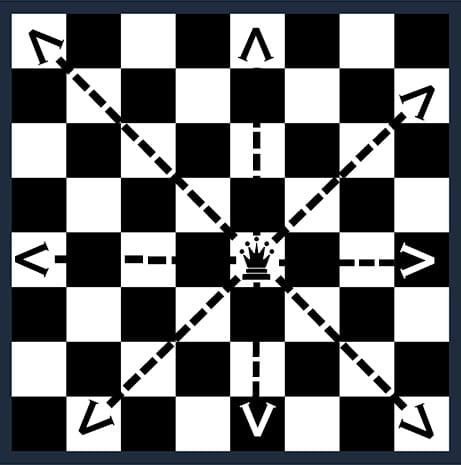
Significance: Due to its nearly uninhibited movement, the queen is the most powerful attacking piece on a chess board.
Bishop

How It Moves: The bishop moves diagonally for any number of squares.

This means it never changes color.
You’ll start with one bishop on the light squares and one bishop on the dark squares, and they will remain on their starting color for the entire game.
Significance: The bishop excels at controlling long stretches of the board, making it a vital component in both attack and defense.
Knight

How It Moves: The knight moves in the shape of the letter ‘L’.
This means two squares in one direction and then one square to either side, or one square in one direction and then two squares to either side.
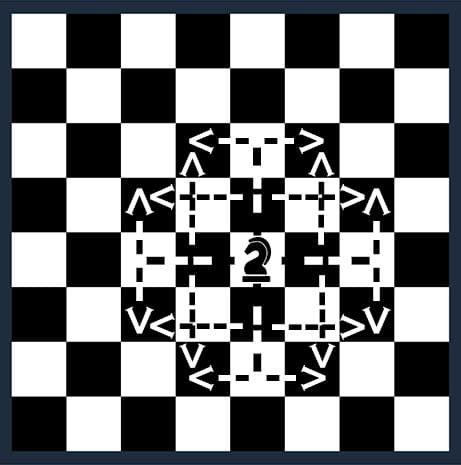
Knights are the only pieces in the game that can “jump” other pieces.
Significance: Unique in its L-shaped movement, the knight gains strength in tight, complex positions and can jump over pieces, making it a tricky, versatile attacker.
Rook
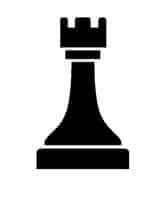
How It Moves: The rook moves in any direction – to either side, forward or backward – for any number of squares.

It cannot move diagonally.
It also engages in castling with the king.
Significance: Boasting linear power, the rook excels in open spaces, and is a key player in both the middle game and the endgame.
Pawn
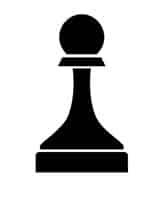
How It Moves: Pawns move forward one square, except on their first move out of their rank (row) when they may move forward one OR two squares, but they can only capture diagonally.
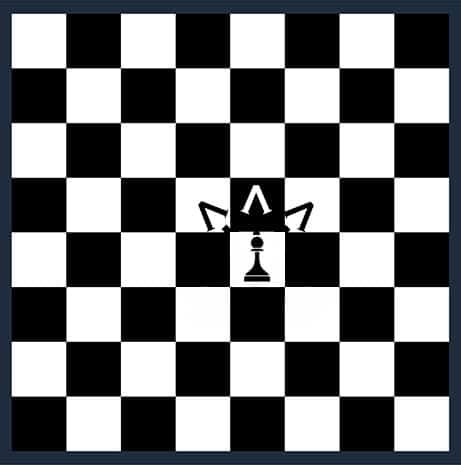
(White arrow points to legal move. Black arrows point to legal capture.)
When a pawn reaches the opponent’s back rank (row), it can be promoted to any piece except for a king. Due to its strength, most players choose the queen.
Significance: Though limited in their movement, pawns have the potential for promotion.
They are the weakest pieces when starting a game, but have the power to dramatically alter the game’s dynamics in advanced stages.
Chess Piece Values
In chess, each piece is assigned a point value.
These values are not part of the official rules, but have been established by players over time to help gauge the relative importance of the pieces.
Knowing the value of a piece in chess can help you assess trades and make strategic decisions during a game.
How Chess Piece Values Are Assigned
The values of the pieces in chess are based on a piece’s mobility, its ability to control squares, and its tactical and strategic potential.
The queen, which has the greatest range and flexibility, is valued at 9 points, for instance, while pawns, with their limited movement and vulnerability, are valued at just 1 point each.
Most of the time.
Situational Values of Chess Pieces
While the values of chess pieces can be a good way to judge how things are progressing in a game and to make strategic decisions, it’s important to remember that chess point values are not absolute but situational.
A knight strategically positioned in a vital area can be more valuable than a bishop stuck in the corner.
Similarly, a pawn nearing promotion can become a critical piece in your game strategy, despite its low initial value.
Point Values
By understanding the values of each chess piece, you can more quickly assess a game and make more informed decisions (particularly in time-sensitive formats like speed or blitz chess).
But it’s essential to know when these values change based on the specific circumstances of a game.
That, of course, comes with time and practice.
But, as for starting numbers, here are the values assigned to each piece on a chess board:
King: Invaluable
The game ends when the king is checkmated, so it has no point value.
It cannot be lost.
Queen: 9 points
Due to its endless range and versatility, the queen is the most valuable attacker on a chess board.
Rook: 5 points
Due to its endless range in straight lines, the rook is particularly powerful in open positions and endgames.
Bishop: 3 points
Due to its endless range on diagonals, the bishop is powerful in open positions, but is limited to half the board by its starting color.
Knight: 3 points
Due to its ability to jump over pieces and its unique movement, the knight is especially powerful in tight positions.
Pawn: 1 point
Due to its limited range and ability to capture, the pawn is more vulnerable than powerful.
At least, until it is promoted to a higher-valued piece.
How many pieces are there in chess?
In a complete chess set, there are 32 pieces. 16 for each player.
Each player starts with one king, one queen, two rooks, two knights, two bishops, and eight pawns.
So, if you’ve ever wondered how many pieces in a chess set are at play when the game begins, the answer is 32. (Plus, of course, one board!)
